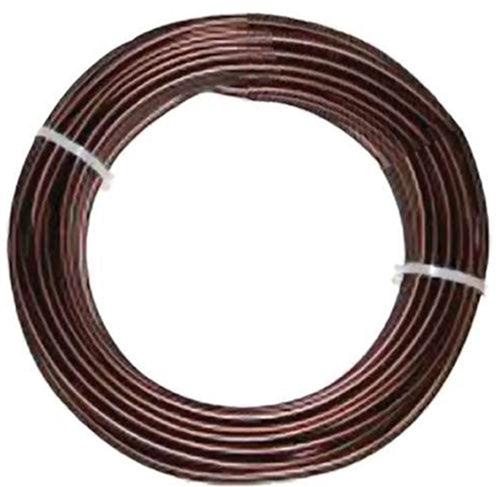
You can bet that this Japanese black pine (Pinus thunbergii) was fertilized with a master’s touch. Speaking of, this photo is from our Masters’ Series Pine Book
Time to fertilize is coming. For those of you who live in warm climates, it's already here or coming soon. At least for your younger trees where rapid growth is desirable. With older trees that are already well established, it's best to wait a while
Our friend Michael Hagedorn put it this way on his Crataegus Bonsai blog...
“For fertilizing bonsai, we can make this one basic distinction: Begin fertilizing a young, unrefined tree when it begins growing early in the spring. Wait a bit with an older, refined tree—usually begin fertilizing when it’s just hardening off it’s spring growth…
Quiz: If we were to fertilize everything the same, strongly, starting early in the year, what would happen?
The young trees would stay forever young
The old, developed trees would become young again.”
So what do Japanese black pines have to do with fertilizing, other than like all bonsai, they need timely feeding? Not much really, but nevertheless I decided to expand this post beyond fertilizing to include needle reduction on Japanese black pines. Mostly because I needed some good images to go with the fertilizing text. Coincidentally, Michael Hagedorn also references cutting candles (a key part of needle reduction) on Black pines in his post about fertilizing

There’s plenty to say and show about needle reduction on Japanese black pines and these illustrations provide only part of the picture. For the whole picture, check out our Masters Series Pine book (all the images in this post, including this one, are from this book)

A bird's eye view of a limb on a Black pine right after completing needle reduction

Usually, when we think of Japanese black pines, we think of larger bonsai. However, with good needle reduction, smaller Black pines can work too, as attested to by this photo and the one at the top of the post. Both are from our Masters’ Series Pine book
For more of Michael Hagedorn's bonsai insights
here's your link to his blog/website
 Our Masters Series Pine Book
Our Masters Series Pine Book





